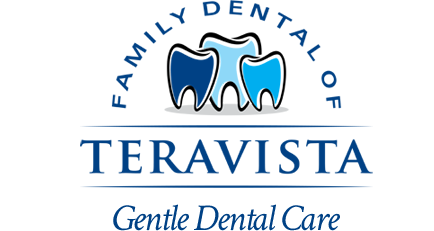Most of us are inherently averse to sharing our toothbrushes, and for good reason. The mouth is home to over 700 different types of bacteria. While most of them are essentially harmless, others can result in a plethora of health risks that could otherwise be negated. While using one’s own toothbrush is certainly ideal, sometimes we can’t really avoid the situation and wind up sharing our toothbrushes with our spouses, children, or friends. Before you do this again you may want to read the following list, which outlines whether or not it is alright to share your toothbrush.
The Extremes
Remember, sharing a toothbrush immediately transfers whatever bacteria is present in one mouth to another. Many studies show that toothbrushes contain a significant amount of bacteria and viruses, including E. Coli, staph, and pseudomonas. Additionally, sharing your toothbrush results in greater risk of contracting oral herpes or periodontal disease. For those whose gums are prone to bleeding, sharing a toothbrush provides ample opportunity for bacteria to enter the bloodstream, increasing the risk of HIV, hepatitis, and a variety of other diseases. One could also transmit the flu, a cold, or sore throat as well. Basically, whatever bacteria is present in the user’s mouth will transfer to another person’s mouth when they use the toothbrush.
Typical Results
Most people who share their toothbrushes won’t catch more than a cold, as long as the person with whom they are sharing it with does not have a cold or the flu. While this seems somewhat disgusting, it really isn’t different than transferring bacteria through kissing, holding hands, or sharing food and drinks. Additionally, rinsing after brushing with a foreign toothbrush can minimize the risk of contracting an illness. However, as mentioned, if the person with whom you are sharing a toothbrush is sick, do not share it.
Proper Cleaning
In addition to ensuring that you are the only one using your toothbrush, it is important to make sure that you are cleaning the toothbrush properly. Most professionals recommend rinsing a toothbrush with water after usage and storing it upright, away from other toothbrushes or surfaces, which could transmit viruses or bacteria. Another means of ensuring cleanliness is to rise the toothbrush with Listerine, alcohol, or baking soda every few days. Additionally, replacing a toothbrush every three months, or immediately after you get over the flu or another illness, is crucial to maintaining optimal health.











